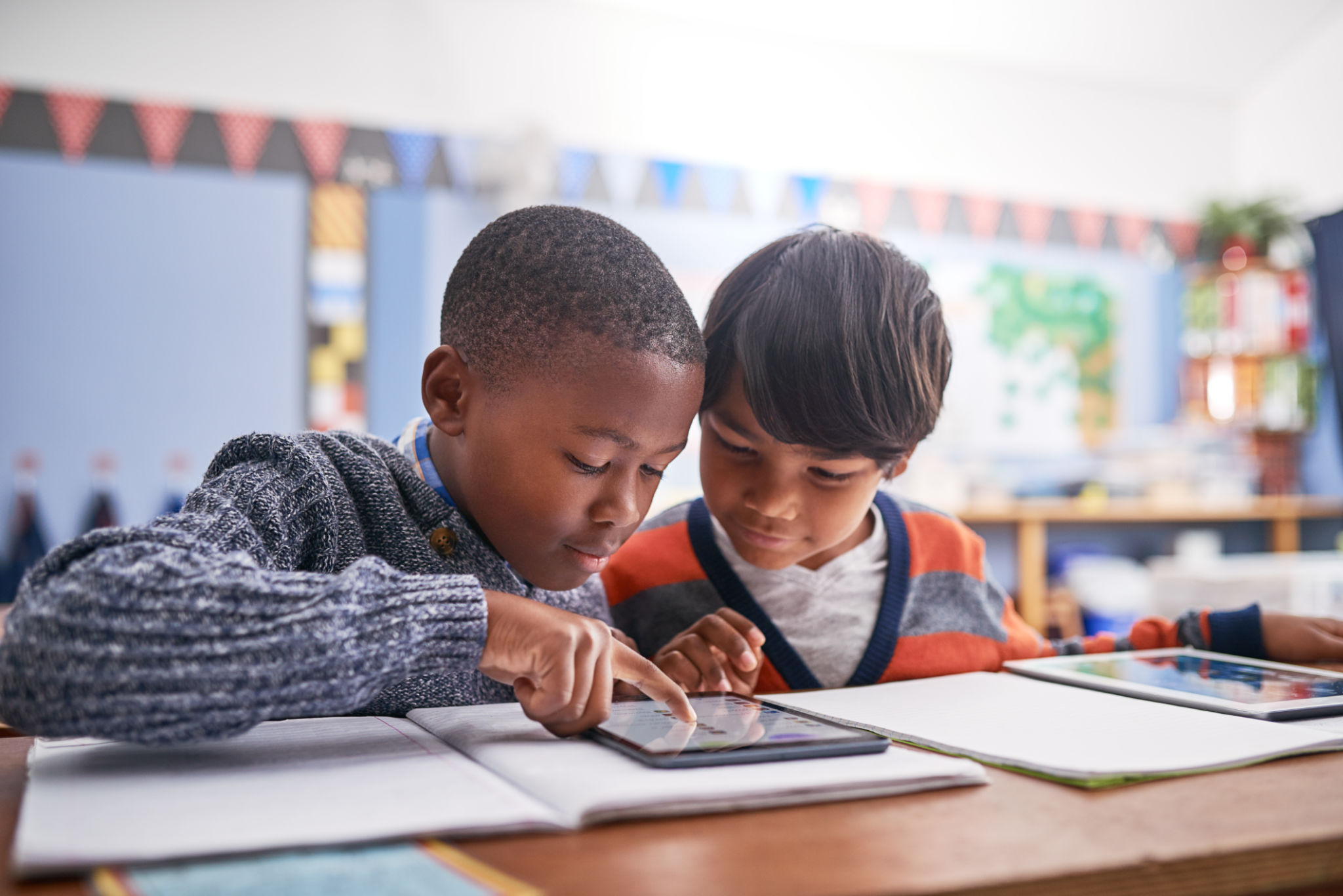Exploring New Teaching Methods for Tutors: A Guide for Educators in Hosur
BM
Introduction to Innovative Teaching Methods
In the rapidly evolving landscape of education, tutors and educators are continuously exploring new teaching methods to enhance learning outcomes. For educators in Hosur, staying updated with these innovative techniques is crucial to meet the diverse needs of students. This guide provides insights into some of the most effective teaching methods that tutors can incorporate into their practices.

Flipped Classroom
The flipped classroom model is revolutionizing the traditional teaching approach. In this method, students are introduced to new content at home through videos or reading materials, while classroom time is devoted to exercises, projects, or discussions. This approach allows students to learn at their own pace and encourages active participation when they come to class.
Implementing a flipped classroom can be highly beneficial as it fosters a deeper understanding and retention of information. It also gives educators more time to address individual student needs and facilitate collaborative activities.
Project-Based Learning
Project-Based Learning (PBL) is an instructional method where students learn by actively engaging in real-world and meaningful projects. This approach encourages critical thinking, creativity, and problem-solving skills. Tutors in Hosur can incorporate PBL by assigning projects that relate to local community issues or global challenges.
By using PBL, educators can help students develop a sense of ownership over their learning and connect academic concepts to real-life applications. This method also promotes teamwork and communication skills among students.

Gamification in Education
Gamification involves integrating game elements into the learning process to motivate and engage students. This can be achieved through point systems, leaderboards, and badges to reward progress and achievement. Gamification makes learning more interactive and enjoyable, thus increasing student participation.
For tutors, incorporating gamification can be as simple as creating quizzes with rewards or using educational games that align with curriculum objectives. This approach not only boosts motivation but also helps in tracking student progress effectively.
Technology-Enhanced Learning
With the advancement of technology, educators have access to a plethora of tools that can enhance the learning experience. Tools such as interactive whiteboards, educational apps, and online collaboration platforms provide dynamic ways to present information and engage students.
Tutors can utilize technology to create a more interactive classroom environment. For instance, virtual reality can be used for immersive history lessons, while language learning apps can offer personalized practice for language students. Embracing technology in the classroom can lead to improved learning outcomes and student engagement.

Mindfulness in Education
Integrating mindfulness practices into education is gaining popularity as a method to improve student focus and reduce stress. Mindfulness activities such as meditation, breathing exercises, and reflection time can help students develop emotional regulation and concentration skills.
Educators in Hosur can incorporate short mindfulness sessions into their daily routines to create a calm and focused learning environment. This practice not only benefits students' mental health but also enhances their ability to absorb and retain information.
Conclusion
Exploring new teaching methods is essential for educators striving to provide high-quality education in Hosur. By adopting innovative approaches such as flipped classrooms, project-based learning, gamification, technology-enhanced learning, and mindfulness, tutors can cater to the diverse needs of their students and prepare them for future challenges. Embracing these methods will not only enrich the educational experience but also foster a lifelong love for learning among students.